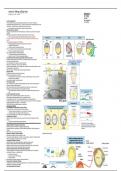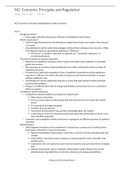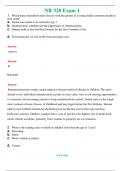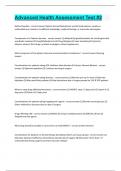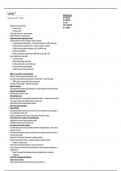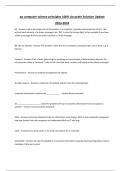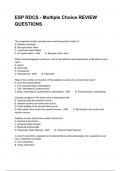Class notes
Lecture Notes - Lecture 6, Developmental Biology, BioD104, UC Irvine
- Institution
- University Of California - Irvine
Typed class notes covering lecture 6 in the Development Biology course (code BioD104) at University of California, Irvine. Made by a biology student taking said course over a summer session. Document comes with color-coded notes and textbook diagrams.
[Show more]
